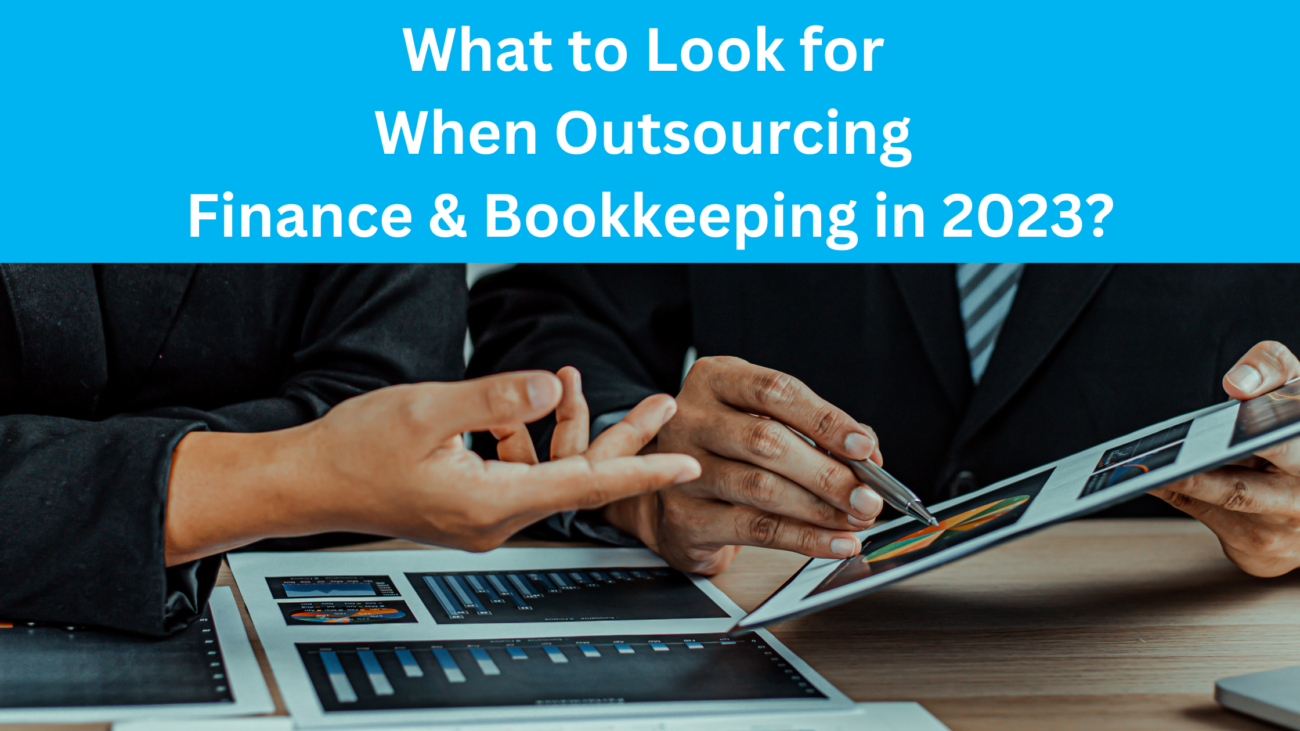In the fast-paced realm of business, decisions are the currency of progress. What sets successful businesses apart is not just the decisions they make but the quality of those decisions. This blog will delve into the core of business acumen—the importance of management reporting. Understanding how to harness the power of data through effective management reporting is not just a competitive advantage; it’s the cornerstone of strategic decision-making.
The Essence of Management Reporting
Management reporting is more than just a compilation of financial data. It’s a dynamic process of analyzing, interpreting, and presenting data to aid decision-makers in steering the ship of business. At its core, management reporting transforms raw data into actionable insights, empowering leaders to make informed choices that align with the organization’s objectives.
Topic 1: Strategic Decision-Making Unveiled
1. Informed Decision-Making
Management reporting serves as the compass for decision-makers, offering a comprehensive view of the business landscape. From financial performance to operational efficiency, decision-makers are armed with real-time data, enabling them to make informed choices that resonate with the strategic goals of the organization.
2. Performance Measurement
An effective management reporting system establishes key performance indicators (KPIs) that act as benchmarks for success. Decision-makers can assess the performance of different aspects of the business, identifying areas of strength and areas that require attention.
3. Adaptability in a Dynamic Environment
The business environment is ever-changing. With real-time insights provided by management reporting, decision-makers can adapt swiftly to market fluctuations, emerging trends, and unexpected challenges. This adaptability is crucial for staying ahead of the competition.
Topic 2: Strategic Insights: Unveiling the Significance of Management Reporting
1. Data-Driven Culture
Management reporting cultivates a data-driven culture within an organization. It encourages departments to base their strategies and actions on empirical evidence, fostering a holistic approach to decision-making.
2. Holistic Business Visibility
Beyond financial numbers, management reporting integrates data from various departments—sales, marketing, operations, and more. This holistic visibility breaks down silos within the organization, promoting a unified understanding of business performance.
3. Forecasting and Planning
Strategic decision-making relies on accurate forecasting and planning. Management reporting provides the tools and insights needed to anticipate future trends, identify potential challenges, and develop proactive strategies.
Topic 3: Elevating Decision-Making: The Power of Comprehensive Management Reporting
1. Client and Stakeholder Confidence
External stakeholders, including clients and investors, place trust in organizations that demonstrate transparency and competence. Management reporting, when shared appropriately, instills confidence by showcasing a thorough understanding of the business’s strengths and a proactive approach to challenges.
2. Operational Efficiency
Efficiency is the backbone of success. Management reporting identifies inefficiencies in processes, allowing decision-makers to optimize operations. This leads to cost savings, resource allocation improvements, and overall enhanced efficiency.
3. Continuous Improvement
The business landscape is a journey, not a destination. Management reporting facilitates a culture of continuous improvement by providing feedback on the outcomes of strategic decisions. This iterative process ensures that the organization evolves, learns, and adapts for sustained success.
Management reporting’s importance lies not just in the insights it provides today but in its role as a guiding light for the future. Businesses that recognize the transformative power of management reporting embark on a journey of strategic decision-making, poised for success in the ever-evolving landscape of commerce.










